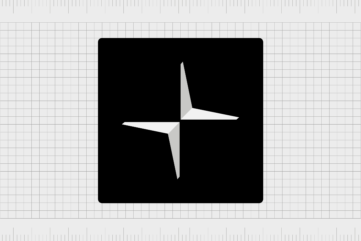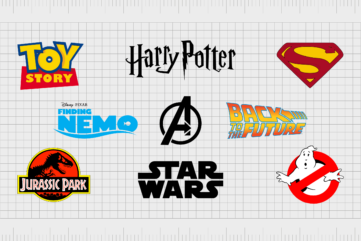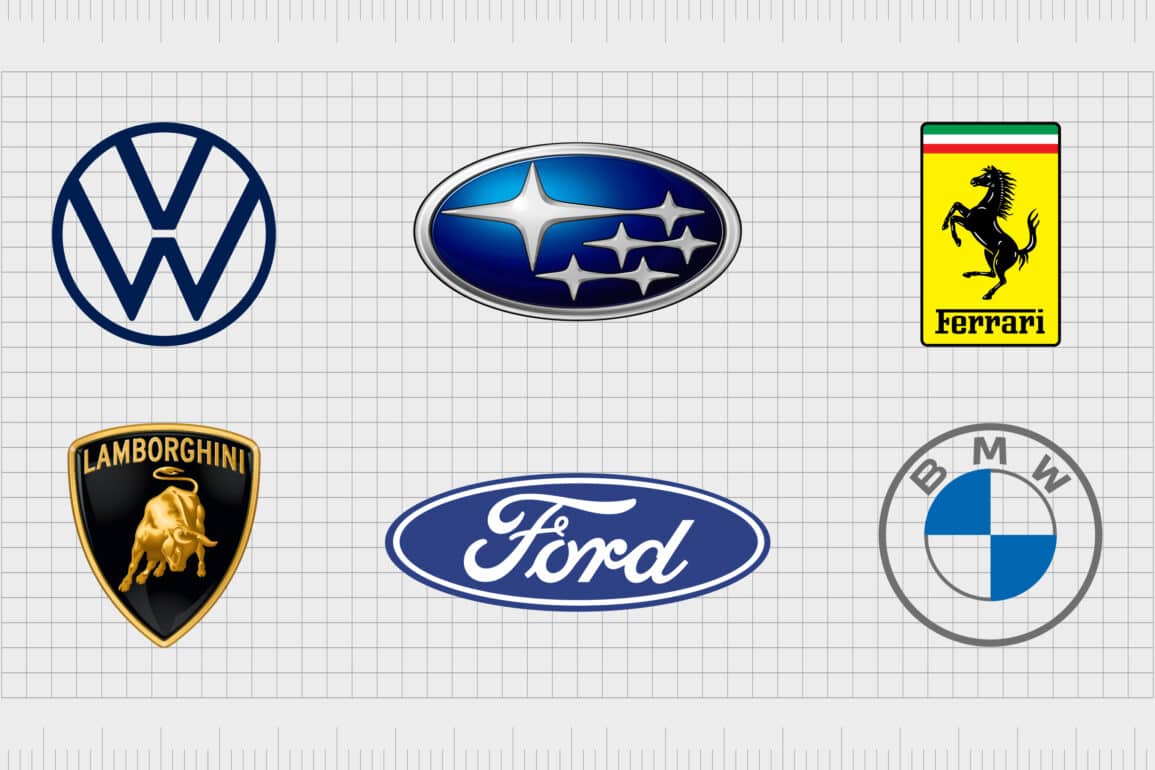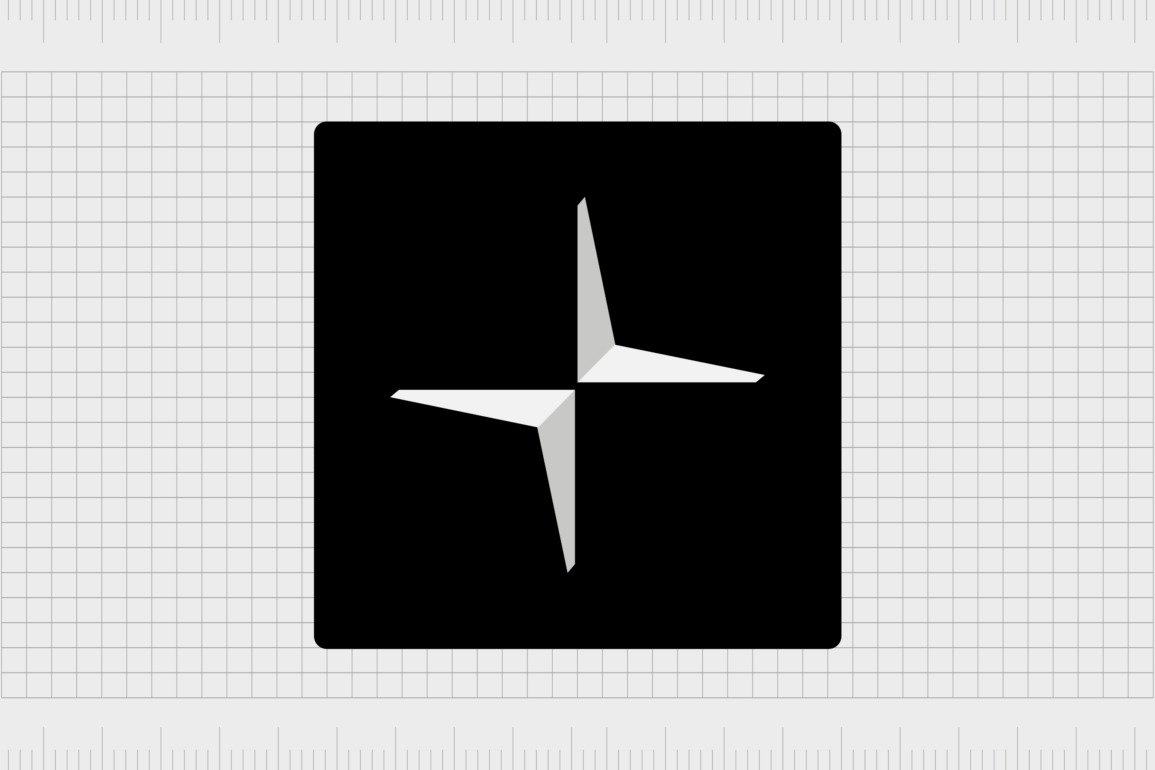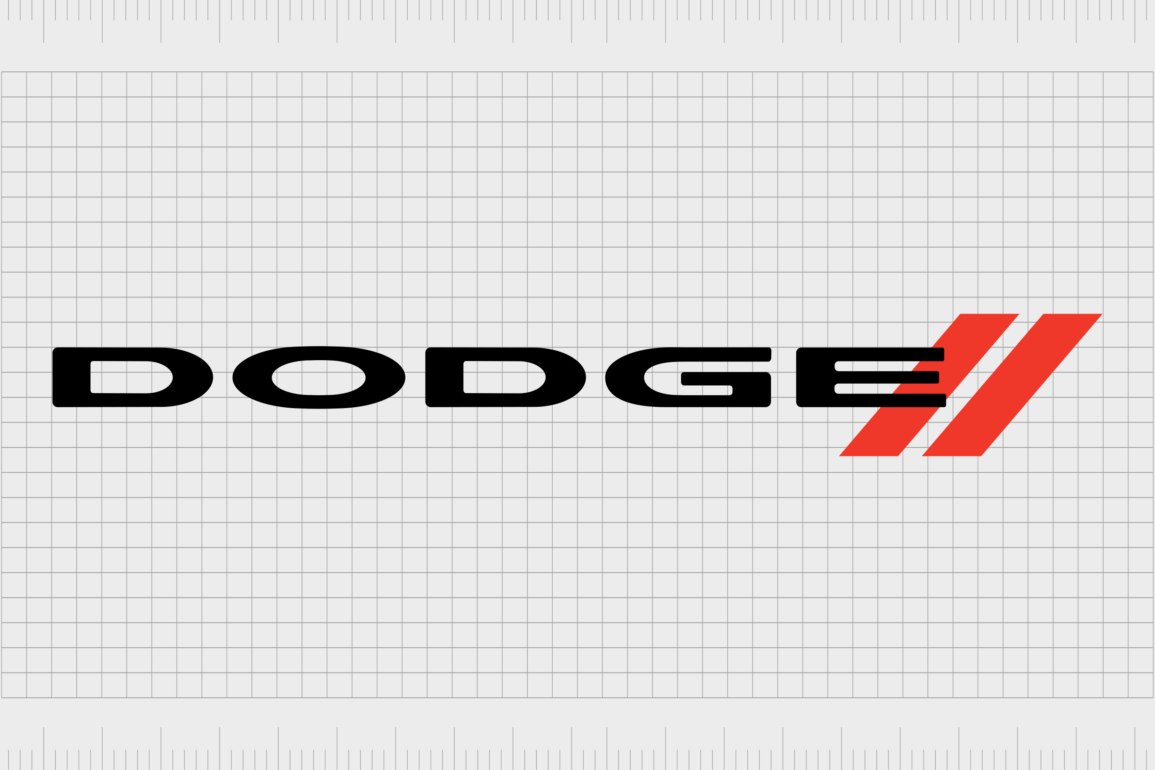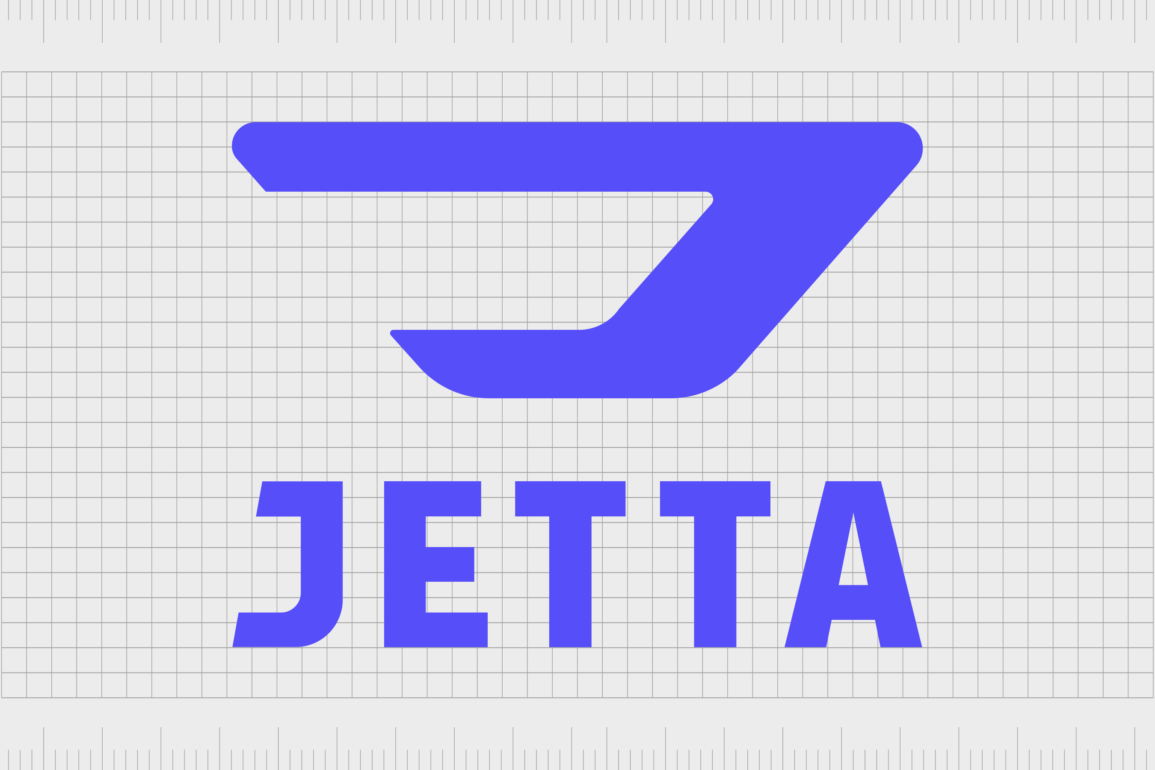Nickelodeon logo history: Making a splash on TV screens

How much do you know about Nickelodeon logo history? If you were growing up during the 80s or 90s, the Nickelodeon symbol probably holds an important place in your heart. Bright and eye-catching, this logo epitomized the joy and excitement of childhood.
Ever since Nickelodeon first appeared on our channels in 1979, as the very first cable channel for children, it has had an enduring impact on the world of entertainment. As the ultimate young people’s satellite network, Nickelodeon paved the way for a new generation of television.
Nickelodeon introduced us to unforgettable characters like SpongeBob SquarePants, and inspired other groups, like Cartoon Network, to follow in its footsteps. Today, we’re taking a closer look at Nickelodeon history, as well as Nickelodeon’s current logo and brand identity.
Nickelodeon history: How did Nickelodeon get its name?
Before we dive into our exploration of Nickelodeon logo history, let’s start with a brief overview of the channel’s broader history. Today, Nickelodeon is one of the best-known entertainment brands in the world, with its own channel, sister channels, and streaming service.
But where did this iconic company come from? Originally, Nickelodeon was introduced as a “test broadcast” in 1977, forming part of an early cable television system named QUBE. The channel’s name is a throwback to the first five-cent movie theaters introduced in the US.
These theaters were also known as “Nickelodeons” and made it easy and affordable for everyone to access entertainment. Interestingly, Nickelodeon didn’t choose this name straight away. At first, it was known as “Pinwheel,” thanks to its inaugural program on the C-3 cable channel.
Who started Nickelodeon? The founder of Nickelodeon
The original concept of Nickelodeon was introduced by Dr. Vivian Horner, a passionate educator, and a director of research for the PBS series, “The Electric Company”. She was responsible for creating the first series for the entertainment channel “Pinwheel”.
Pinwheel launched on the QUBE network in 1977. The network was introduced in Columbus, Ohio, in partnership with the Warner Cable corporation. It featured ten channels, one of which was the C-3 channel, which exclusively broadcast Pinwheel from 7am to 9pm.
Pinwheel became so popular that Horner decided to expand her idea into a full channel on national television. Nickelodeon spread across America and North America, before eventually branching into the UK & Ireland, as well as other regions.
The old Nickelodeon logo: Nickelodeon logo evolution
While the Nickelodeon slime logo, or Nickelodeon splat logo might be the best-known symbol of the entertainment brand, the original Nickelodeon logo was very different.
In the early days, Nickelodeon wasn’t a fully-fledged TV channel. It was simply a concept introduced to the C-3 channel, with the “Pinwheel” television program.
Between 1977 and 1979, the entity that would become Nickelodeon was mostly associated with two symbols, the Pinwheel logo, and the C-3 logo.

The Pinwheel logo was a simple wordmark, created with bubbly black letters with very little space in between them. The typeface was intended to make the show more appealing to younger audiences, with a fun and lighthearted appearance. The logo also featured a little pinwheel shape on the left side.
The C-3 logo, on the other hand, has a more vibrant color scheme. It featured a pink rectangle with rounded edges. Inside the rectangle, we see the “C-3” lettering in similarly fun and bubbly font. The serif font was a world apart from many of the typefaces used on television networks at the time.
The white lettering also helped to provide excellent contrast for the overall image.

1979
When the concept of Nickelodeon finally evolved into a fully-fledged television channel, the initial logo introduced was quite different from the one we know today.
The image featured a man in a black suit, wearing a traditional hat and peering into a screen on the top of the letter “N” for Nickelodeon. The detailed image of the man was accompanied by a bold wordmark, with bold, blocky serifs.
Underneath the name of the company, Nickelodeon’s official logo included the tagline “The Young People’s Satellite Network”, written all in uppercase.

1980
The following year, Nickelodeon logo history evolved again, with the introduction of a simpler, more refined design. The detailed image of the man was removed, and the typeface was changed to something more elegant and imaginative.
The curved component of the letter “N” made the image appear more welcoming and playful, helping the company appeal to its younger target audience. This logo only lasted for a single year, but the simple design went onto inspire a more straightforward Nickelodeon logo in the years to come.

1981
A logo with a more dynamic color scheme was introduced in 1981, designed by Lou Dorfsman. The font type for the Nickelodeon inscription changed again. The letters were now sans-serif, and written in a 3D dimensional format, so they almost looked like balloons.
Each character had its own distinct color, creating a rainbow effect for the finished inscription. The new brand identity also featured a three-dimensional globe, in gradient gray and purple shades. The design drew attention to the company’s continued focus on the family group and children.
The iconic Nickelodeon splat logo

It wasn’t until the 80s when the first Nickelodeon logo depicted in the iconic orange color palette was officially introduced. The first version of the logo unveiled in 1984 simply featured a wordmark, written in playful font, which looked almost like the strokes of a paint brush.
The orange wordmark formed the foundation of Nickelodeon’s new iconic color palette. The shade symbolized warmth, happiness, and creativity, all core components of the Nickelodeon brand.
Between the years of 1984 and 2009, various versions of the Nickelodeon logo with its orange lettering were introduced. There was even a short version of the logo, featuring the “Nick” name, instead of the full “Nickelodeon” inscription.

Perhaps the most iconic version of this symbol was the Nickelodeon splat logo, which inverted the color palette of the font to white, and surrounded the inscription with a dynamic “slime” effect, in a bright shade of orange.
Different versions of the splat were also introduced over time, highlighting the ever-evolving nature of the entertainment company.
Why did Nickelodeon get rid of the splat logo?
Though the splat logo was probably the most memorable of all the Nickelodeon logos over the years, it was temporarily removed from the company’s branding. In 2009, the Nickelodeon team replaced the splat logo with a simplified image, featuring just the Nickelodeon wordmark.
This image included the word “Nickelodeon” in lowercase font. Although the splat component of the visual identity was removed, the bright colors remained consistent.

The font was unique to the company, created specifically for the entertainment channel, and named the “Nickelodeon” font. However, it was similar in style to the “Litebulb” and “Harry Squeezed Obese” font. The most interesting component was the letter “I”.
The lowercase “I” featured a connected dot that almost looked like the rising blob of a lava lamp. Although there was nothing wrong with this new logo overall, customers were unhappy.

Many consumers missed the fun nature of the previous orange splash design. Eventually, Nickelodeon took note, and introduced an updated logo, with a simplified splat image in 2023.
The Nickelodeon symbol: Fonts and colors
Known around the world for educational programming, child-friendly entertainment and family movies, Nickelodeon has become a staple of the TV landscape.
It introduced countless consumers to some of the most memorable shows in the world, from the Teenage Mutant Ninja Turtles, to Hey Arnold. Although Nickelodeon logo history has included a host of different variations of the channel’s logo, the visual identity today is truly amazing.
Not only does it show the fun and playful nature of the company, but it combines the heritage of the brand with a focus on the future. You can see some examples of the Nickelodeon logo here:
Nickelodeon logo font
While the old Nickelodeon logo font choices often included serif typefaces and uppercase letters, the most recent version of the iconic logo features a simpler inscription. The new lowercase wordmark features a customized logotype, created entirely for the channel.
It has some similarities to the Balloon extra bold font, and Litebulb fonts, but has some unique design elements. For instance, the “I”, looks a little like the shape of a small child, or a keyhole. The dot in the “I” connects to the lower part of the character.
Nickelodeon logo colors
The initial Nickelodeon colors were relatively simple. In the original logo design, the team simply used black and white, to appeal to a wide audience. However, eventually, Nickelodeon found their signature color. Orange became synonymous with the brand’s name in the decades ahead.
The bright orange shade highlights the creativity of the Nickelodeon brand, which shines through in their original cartoons and creative programming. Plus, orange is a color commonly associated with warmth, vitality, energy, and joy.
An identity you can’t ignore: The Nickelodeon logo
Throughout Nickelodeon logo history, there have been a number of changes to the iconic visual identity of this unforgettable entertainment brand. The company experimented with both complicated and simplified logos as it evolved, gauging the reaction of its customers.
After the simplified logo introduced in 2009 failed to resonate with a wider group of younger consumers, the Nickelodeon team chose to take inspiration from the previous logo design.
The iconic splat component was reintroduced in 2023, drawing attention to Nickelodeon’s incredible history, and leaving a lasting impression on consumers worldwide.
Fabrik: A branding agency for our times.


